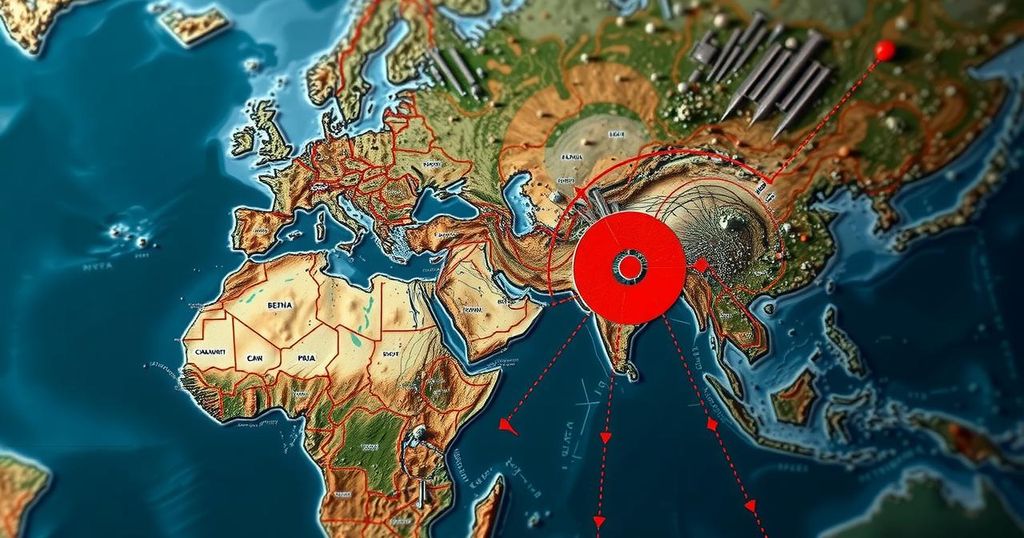On November 11, a 6.8-magnitude earthquake was recorded in Cuba. It followed a series of quakes in South America, contributing to a noticeable increase in seismic activities across the Pacific and Atlantic regions.
On November 11, a powerful 6.8-magnitude earthquake struck off the coast of Cuba, specifically near Bartolomé, at a depth of 14 kilometers, as reported by the United States Geological Survey (USGS). At the time of this report, 117 individuals had expressed that they felt the tremors. This incident occurred just days after a sequence of earthquakes transpired throughout South America, including a 6.2-magnitude quake in Chile and a 5.0-magnitude event in Peru, indicating a notably active seismic period in the region. The 6.2-magnitude earthquake in Chile was recorded on November 8, centered in Cochrane at a depth of 10 kilometers. Prior to this, a 5.0-magnitude earthquake occurred in Peru on November 7, detected in Changuillo at a depth of 54.8 kilometers. Furthermore, on the same day the Peru earthquake was reported, California experienced a 4.4-magnitude tremor, centered in Borrego Springs at a depth of only 9.8 kilometers. Earlier in the week, on November 5, a 4.4-magnitude earthquake affected Greece, occurring in Chalandrítsa at a depth of 82.3 kilometers. This seismic activity in Greece was closely followed by a 4.8-magnitude quake in Hawaii on November 5, centered in Pāhala at a depth of 38.4 kilometers. The initial seismic events from November 4 included a minor 3.3-magnitude aftershock felt in Anza, California, at a depth of 12.1 kilometers. These recent earthquakes highlight an increase in seismic activities across different regions, underlining the importance of ongoing monitoring and preparedness in areas prone to such geological events.
Earthquakes are natural phenomena resulting from the sudden release of energy in the Earth’s crust, which leads to seismic waves. Regions along tectonic plate boundaries, like those found in Cuba, Chile, Peru, Greece, California, and Hawaii, are particularly susceptible to such occurrences. Recent seismic activities have raised concerns about safety and emergency preparedness, as patterns indicate heightened geological instability in these areas.
The recent series of earthquakes across the globe, culminating in a significant 6.8 magnitude tremor in Cuba, emphasizes the unpredictable nature of geological activity. These events have served as a reminder of the need for comprehensive disaster preparedness and response strategies in earthquake-prone regions, as communities aim to mitigate the potential impacts of such natural disasters.
Original Source: kost1035.iheart.com






